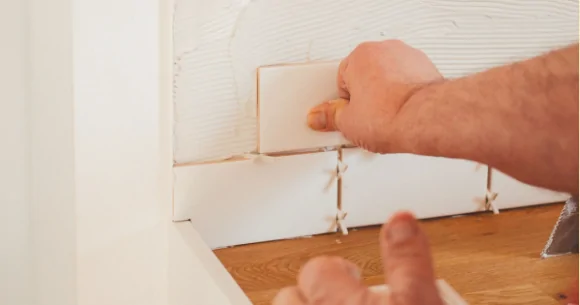
Flipping houses can be a lucrative business if you do it right. But even the most successful flippers can sometimes end up eating into their own budget. The trick is not to go overboard and never to assume buyers will be willing to pay more for certain features.
That said, you don’t need to go all-out with a housing renovation if you want to flip a house. It’s completely possible to do your project on a shoestring budget. Here are a few tips you can use to get flipping without breaking the bank.
Focus on fixing functional problems first
When you have a small budget, it’s best to focus on fixing problems that impair the actual function of the house. No buyer will be interested in an amazing kitchen renovation if the roof is severely damaged. Make sure to tackle these functional problems first before diving into cosmetic fixes.
Common functional issues that may keep a buyer from purchasing a house include roofing damage, water heater failure, and plumbing issues. If a house is 100 years old or older and hasn’t yet been updated, you’ll want to replace the plumbing system. PVC is the world’s third-most widely produced synthetic plastic polymer and it’s commonly used for plumbing systems.
Invest in preventing functional problems
Once you’ve managed the functional problems of the house, it’s a good idea to prevent other functional problems from happening later on. For instance, if the water heater is operational but it’s nearing its end, it may be worth the investment to install a new one to make potential homebuyers more interested in the property. Waterproofing the basement of the house is a great way to add value and a sense of security for potential buyers, and radon abatement can also be beneficial.
Radon is a type of air pollution, which is the presence of any chemical that modifies the natural characteristics of the atmosphere, that commonly makes its way into American homes and can be dangerous if left unchecked. Knowing that a house has been tested and treated for radon can give potential buyers the confidence to invest in the property.
Make the home accessible
A growing number of Americans are choosing to age in place, and about 20% of the U.S. population will be over 65 by 2030. By making your property accessible to all homebuyers including seniors and disabled buyers, you can widen your audience of potential buyers. Consider adding a wheelchair ramp, installing a walk-in shower with hand-holds, and installing handrails in key areas.
Don’t make major cosmetic changes
Unless the house you’re flipping has been severely damaged, you can do a lot for a house just by making small cosmetic changes. Adding curb appeal with landscaping can raise property value by up to 12%, and minor kitchen remodels have an ROI of 80%.
Consider swapping out old hardware for new hardware, giving the walls a fresh coat of paint, and planting flowers around the yard for a pop of color. You don’t necessarily need to rip out the floors or change countertops to make a major aesthetic difference in the house you’re flipping.
It’s no small feat to flip a house. But just because you’re taking on this investment challenge doesn’t mean you need to spend a small fortune. By following the tips above, you can successfully renovate a house without digging yourself into debt.

